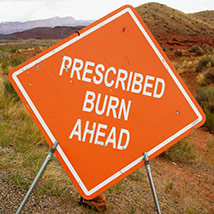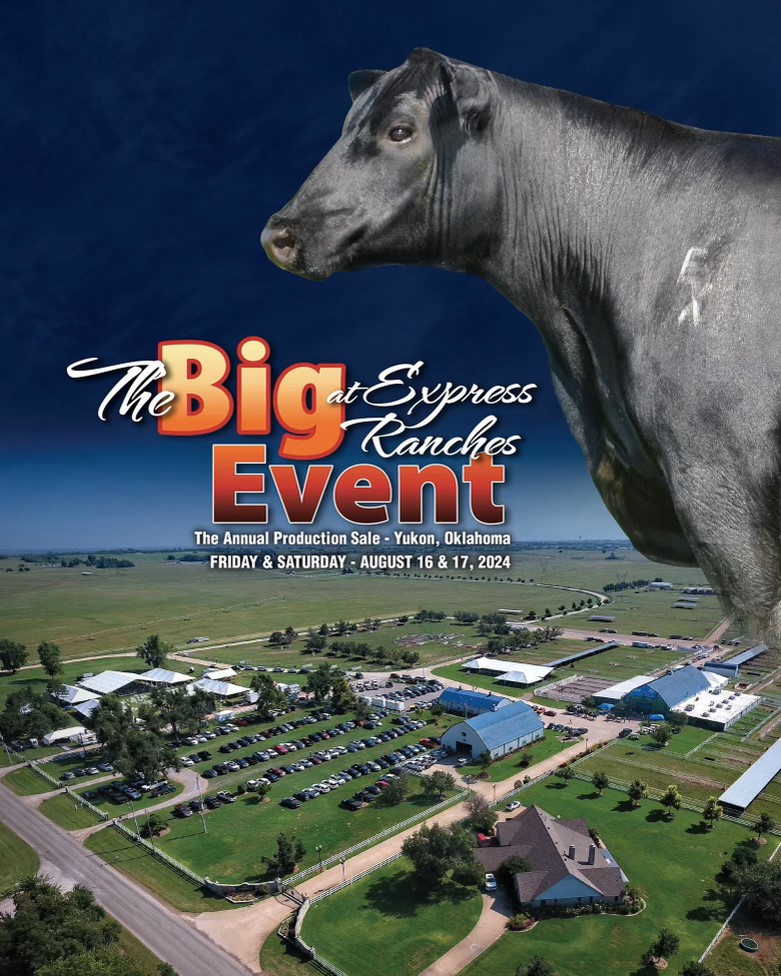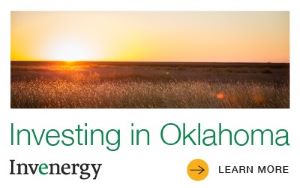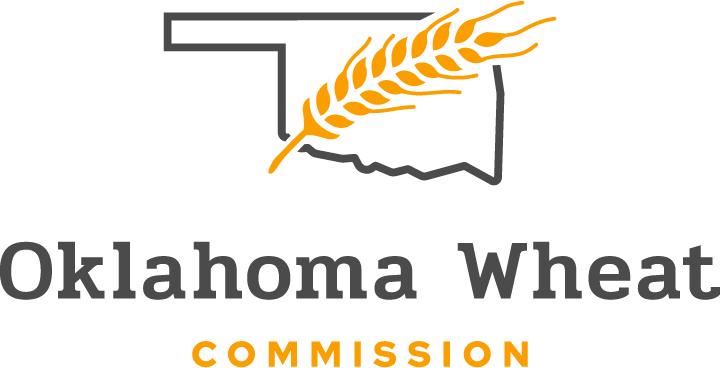
Agricultural News
Proper Planning, Preparation Lowers Wildfire Risk
Fri, 01 May 2015 18:07:35 CDT
 National Wildfire Community Preparedness Day is scheduled for Saturday, May 2, 2015. This day is dedicated to raise wildfire awareness and help protect homes, neighborhoods and communities while increasing safety for wildland firefighters.
National Wildfire Community Preparedness Day is scheduled for Saturday, May 2, 2015. This day is dedicated to raise wildfire awareness and help protect homes, neighborhoods and communities while increasing safety for wildland firefighters.
"City suburbs continue to spread into rural areas where wildfires are a real risk due to years of fire suppression," said Russell Stevens, Noble Foundation wildlife and range consultant. "Too often, residents overlook the risk of wildfire in their communities, but by working together they can make their neighborhoods much safer from wildfire."
Many suburban areas in the Southern Great Plains are inundated with Eastern red-cedar, a highly flammable tree. "For more seclusion and to be closer to nature, homes in these suburban properties are often tucked into trees and other vegetation that serve as fuel for wildfires," Stevens said. "This increases the risk."
Nine out of 10 wildfires are caused by man. Wildfires are started in many ways: outdoor welding, tossing out cigarette butts, and losing containment of "controlled" burns of brush piles or other debris. "These activities are usually conducted with little to no prior planning," said Robert Williams, Noble Foundation safety manager. "Whether you are camping or working around the farm or house, be sure to have a plan in place to prevent wildfire. This includes understanding weather conditions that cause wildfires and monitoring weather forecasts to avoid starting fires under those conditions."
Proper planning and management in suburban areas is important to reduce the spread and intensity of wildfire. Suburban residents can follow these tips from the National Fire Protection Agency (www.nfpa.org to make their neighborhood safer from wildfire:
In and around your home
-- Clear leaves and other debris from gutters, eaves, porches and decks. This prevents embers from igniting your home.
-- Remove dead vegetation and other items from under your deck or porch and within 10 feet of the house.
-- Remove flammable materials (e.g. firewood stacks, propane tanks) within 30 feet of your home's foundation and outbuildings, including garages and sheds. If it can catch fire, don't let it touch your house, deck or porch.
-- Wildfire can spread to tree tops. Prune trees so the lowest branches are 6 to 10 feet from the ground.
-- Keep your lawn hydrated and maintained. If it is brown, cut it down to reduce fire intensity. Dry grass and shrubs are fuel for wildfire.
-- Learn more about how to protect your home and property at www.firewise.org.
One way to drastically reduce the frequency and severity of wildfire where suburbs meet rural areas is to support and conduct prescribed fires. Prescribed burning, unlike controlled burning, involves a "prescription" contained in a burn plan that is developed well in advance sometimes a year or more before actually conducting the burn.
This prescription takes into account the appropriate and safe weather variables, firebreak preparation, equipment and labor, smoke management, follow-up monitoring, and more, to safely conduct the burn. Prescribed burns reduce the accumulation of vegetation that fuel wildfires.
"Fewer wildfires mean fewer injuries and property losses, and less expense to fire departments and communities," Stevens said.
More information about prescribed burns can be found at by clicking here.
WebReadyTM Powered by WireReady® NSI
Top Agricultural News
More Headlines...




















